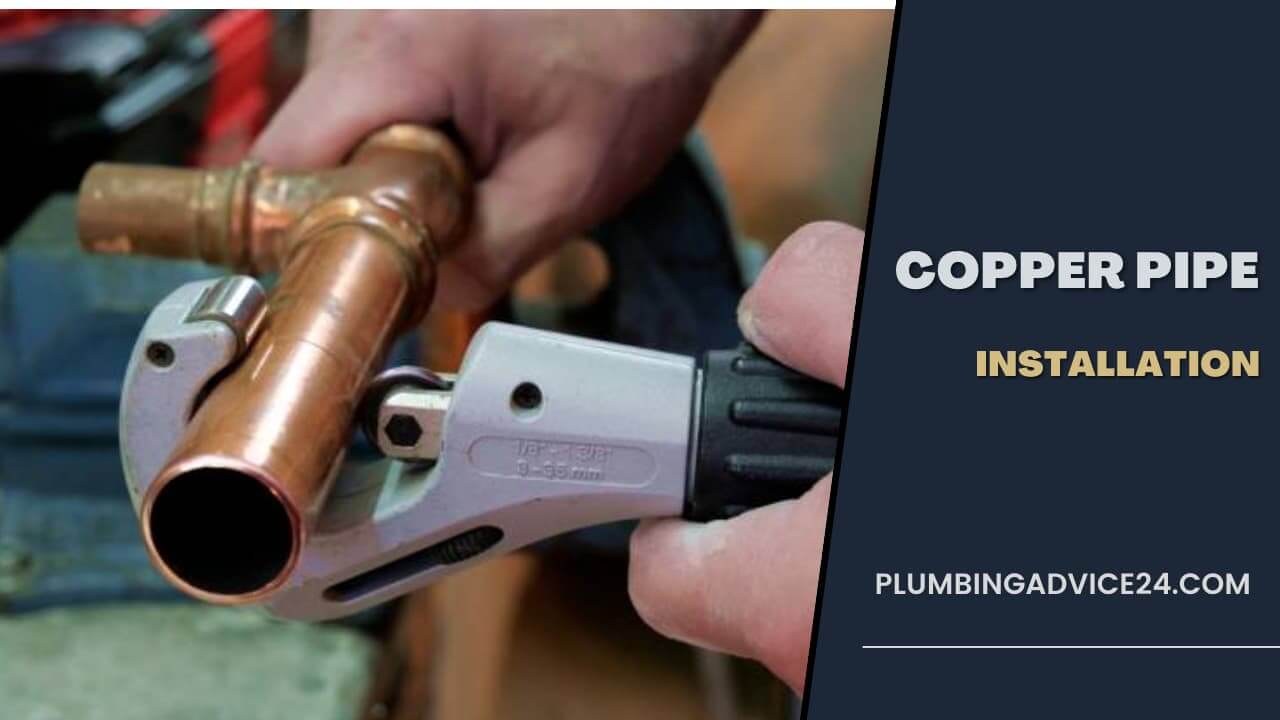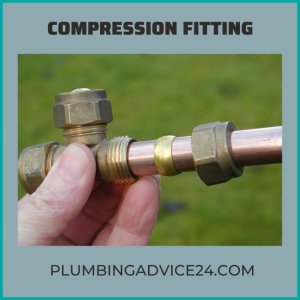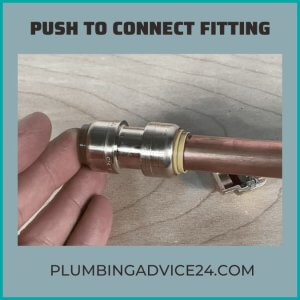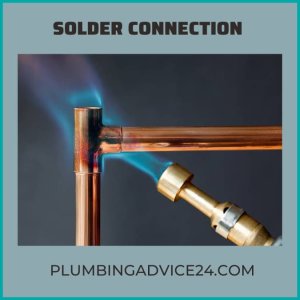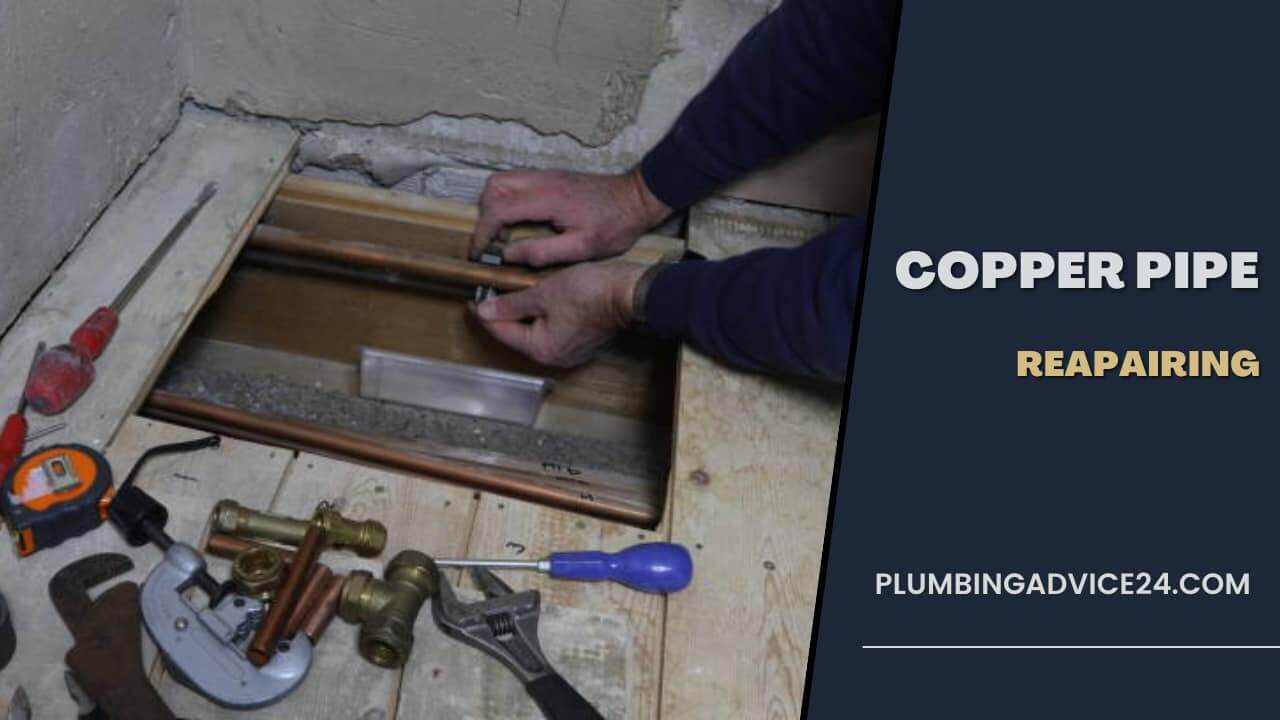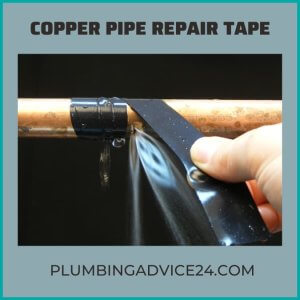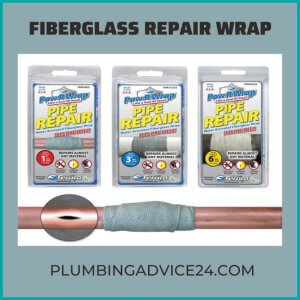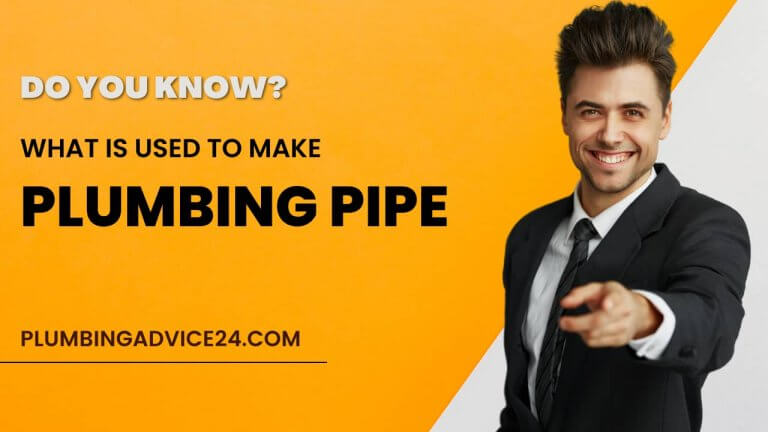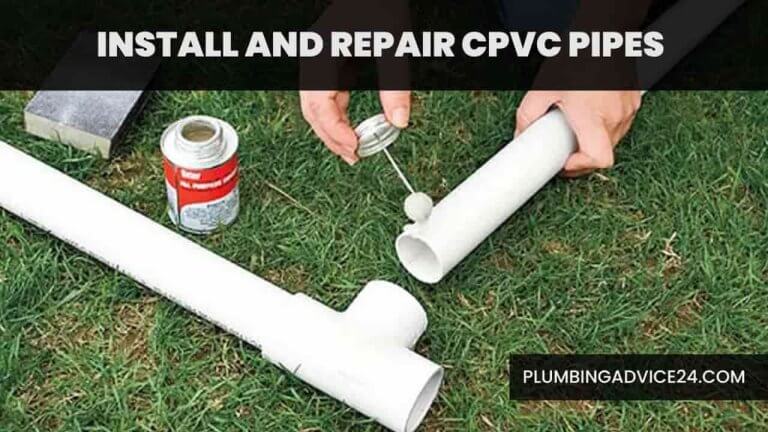How to Install and Repair Copper Pipes
Installing copper pipes may be more expensive for you and may take longer. Because copper is a precious metal, copper pipes are more expensive to install than steel or plastic plumbing. But installing copper pipes in your home makes your plumbing system more efficient. In addition, Read the entire article to learn about how to install and repair copper pipes.
Copper is a good conductor of heat, and as such, your hot water lines stay warmer, and your shower heads and faucets can provide hotter showers. For time-honored quality, value and longevity, you may want to consider copper pipe installation when you’re looking for a return on a home improvement investment.
How to Install Copper Pipes?
Installing copper pipes can be more expensive than other pipe installations, but if you are thinking about the longevity of the plumbing, you can save a lot of money by choosing copper pipes. Copper pipes are reliable and durable, and fire-resistant.
It can be used as hot and cold water distribution lines. It is a very good choice for drinking water supply lines, as it is safe for drinking and beneficial for health. Copper pipe is easy and safe to install and requires less maintenance than other pipes. So let’s see about the ways to install copper pipes.
There are three ways to install copper pipes, which are as follows.
- Copper pipe compression fittings
- Push to connect copper fittings
- Solder connections
Let’s learn more about these ways of installing copper pipes.
Copper Pipe Compression Fittings
Copper pipe compression fittings are popular because they do not require soldering, so they are quick and easy to install or remove. No special equipment or skills are required to operate them. These fittings work by compressing a small brass ring between the fitting and the nut; when the installer tightens the nut, the brass ring wedges against the pipe to make a watertight connection.
Compression fittings are particularly useful in installations that may occasionally require partial removal for disassembly or maintenance, etc., as these joints can be broken and remade without affecting the integrity of the joint.
It is also used in situations where a heat source, especially a soldering torch, is restricted or where it is difficult to remove water residues from inside the pipe that prevents the pipe from heating up to allow soldering.
Push to Connect Copper Fittings
Push-to-connect copper fittings, also known as push-to-lock fittings, are easier to use than standard compression fittings. If you need to make a fast, reliable connection, quick-connect fittings are an ideal choice, whether you’re working on a new install or an emergency repair.
You may also choose quick-connect fittings for water applications, as the tubing does not need to be completely dry to make a secure tube connection.
The copper pipe is pushed over the barbed end of the central tube into the fitting, stopped, and then secured by tightening the nut on the pipe and barb assembly. It is important to make sure the pipe is cut square and to remember to put the nut on the pipe before final assembly.
Solder Connection
Soldering or sweating copper pipes is a plumbing project that joins pipes together. Solder is the filler metal that goes into the joint between two pieces of pipe. It is a metal alloy or combination of metals. It can be done using a Burnzomatic torch and a few essential, inexpensive materials.
Soldering is a frequently used technique for plumbing repair and installation. The solder should be melted by the heat of the metal pieces, not by direct contact with the torch flame.
The following steps should be considered for soldering copper pipes.
- Brush the outside of the pipe and the inside of the fitting thoroughly with an abrasive, such as sandpaper, Four-in-One Pipe Fitting Brush, or Water Resistant Sand Cloth.
- Flux the brush on the inside of the fitting on the outside of the pipe, then slide the pipe and fitting together.
- Light the torch. Heat the entire joint evenly until the solder melts with the heat of the joint instead of a torch flame. Move the torch to the far end of the joint.
- Move the solder and flame to the opposite side of the melted solder, feeding small amounts of solder continuously and moving the torch until the solder circles the fitting.
- Be careful not to overheat the copper. Keep stirring the torch constantly to prevent the blackening of the copper. If the joint is overheated and blackened, you will need to disassemble it and clean the pipe again; otherwise, you risk a leaky fitting.
- Spray a mist of water over the soldered area to freeze the solder and prevent movement of the joint that will leak.
- After all solder connections are completed, use fresh potable water to remove any excess flux, dirt, or loose solder beads inside the tubing. This will also help you check for leaking joints.
Related Post : Types of Copper Pipes | Copper Pipe Size
How to Repair Copper Pipe?
Copper plumbing pipes have a long lifespan and are used as distribution lines for both hot and cold water. But in the long run, due to the chemical reaction between water and copper, problems like pinholes arise in it. Pinhole leaks in copper pipes form on the inside of the copper piping and erode the copper wall resulting in leaking holes.
If you have copper pipes used in your plumbing system, and you notice signs like increased water bills, low water pressure, dripping sounds, pipe discoloration, and visible pipe damage, you need to be alert. These signs indicate that your copper pipe is leaking. Here we have given you some ways to repair copper pipes, pinhole leaks, and pipe cracks by which you can repair your copper pipes.
There are four ways to repair copper pipes, which are as follows.
- Copper Pipe Repair Epoxy Putty
- Copper Pipe Repair Tape
- Copper Fiberglass Repair Wrap
- Soldering Copper Pipe
Let’s discuss in detail the ways to repair copper pipes:
Copper Pipe Repair Epoxy Putty
Copper pipe repair Putty is the easiest way to fix a leaking pipe. Epoxy putties consist of two components, resin, and hardener. When mixed together, these ingredients form a material that is used to fill holes before setting into a hard material.
You can buy copper pipe leak repair putty at your nearest hardware store. Break off the required amount of putty and mix it by hand. Once the copper epoxy putty is completely mixed, the two contrasting colors blend into one.
When the mixture is ready, the putty can be placed over the area where the copper pipe needs repair. It will fill the hole or crack. For good copper wrapping, give the putty an hour to dry, then turn on the water flow.
Copper Pipe Repair Tape
Pipe burst tape is used as copper pipe leak repair tape. The tape is made from silicone and other advanced polymers and seals the leak by forming a tight rubber band around it.
Wrap & Seal Pipe Burst Tape is the most effective pipe repair tape on the market and is very easy to apply. Before you stretch the tape to its full length and wrap it around the copper pipe next to the leak area until the leak is sealed, wait 30 minutes to reuse the repaired copper pipe.
Copper Fiberglass Repair Wrap
Copper fiberglass repair tape facilitates repair by water-activated resin. It hardens the pipe surface and slows the loss of leaks. Dampen a fiberglass cloth and wrap the damaged area tightly. Wrap extra space around the crack for better pipe repair. Allow 15 minutes for the active fiberglass resin to dry so that it hardens.
Soldering Copper Pipe
Soldering copper pipe or sweating copper pipe is harder work than the other three methods listed and requires precision to work with. But it can be a permanent solution to fix the copper pipes. Before soldering, you must close the main water valve and clean the pipe with a wet cloth.
After cleaning the damaged area, add the flux you will use for soldering to the pipe. Heat the flux with a blowtorch until it changes color, and then add solder to the hole. This will block the hole, seal the leak and return the pipe to full working order.
Keep the following points in mind while soldering.
- Use protective gloves and safety glasses when using a hand torch.
- Do not allow children to enter the area where you are soldering.
- Read the instructions that come with your torch and solder before starting your project.
- Use only lead-free soldering fittings for soldering.
- The torch flame should be blue while soldering.
- Always remove the torch from the fuel cylinder and store the fuel in an upright position after completing your project.
Related Post : Types of Metal Pipes | Seamless Vs Welded Pipes
How Many Ways to Install Copper Pipe?
Installing copper pipes can be more expensive than other pipe installations, but if you are thinking about the longevity of the plumbing, you can save a lot of money by choosing copper pipes. Copper pipes are reliable and durable, and fire-resistant.
Copper pipe can be installed in three ways.
- Copper pipe compression fittings
- Push to connect copper fittings
- Solder connections
Can I Use Compression Fittings for Copper Pipe?
Compression fittings are a common method of installing pipes in a plumbing system. They are a safe way to connect copper pipes without the use of heat. Many different types of valves, tees, connectors, and utilities require compression fittings to make them watertight and safe.
How to Use Sharkbite Fittings on Copper?
Shark bite fittings are also called push-to-connect fittings. To install the copper pipe, the copper pipe is pushed over the barbed end of the central tube into the fitting, stopped, and then secured by tightening the nut on the pipe and barb assembly. It is important to make sure the pipe is cut square and to remember to put the nut on the pipe before final assembly.
How to Fix Copper Pipe Leak?
If you have copper pipes used in your plumbing system, and you notice signs like increased water bills, low water pressure, dripping sounds, pipe discoloration, and visible pipe damage, you need to be alert. These signs indicate that your copper pipe is leaking. Here we have given you some ways to repair copper pipes.
There are four ways to fix copper pipe leaks, which are as follows.
- Copper Pipe Repair Epoxy Putty
- Copper Pipe Repair Tape
- Copper Fiberglass Repair Wrap
- Soldering Copper Pipe
Can You Patch a Copper Pipe?
Epoxy putty for copper pipe repair is the easiest way to fix a leaking copper pipe. Epoxy putties consist of two components, a resin and a hardener. When mixed together, these ingredients form a material that can be used to plug holes before setting into a hard material.
If You Liked This Post? So Share It with Your Friends
Suggested Articles:

